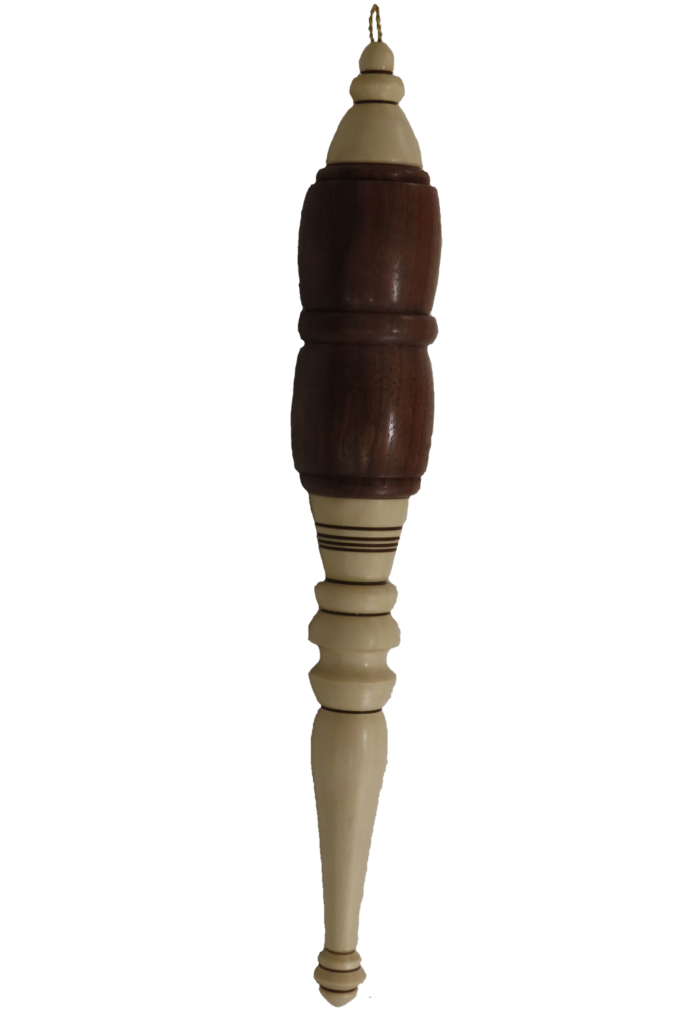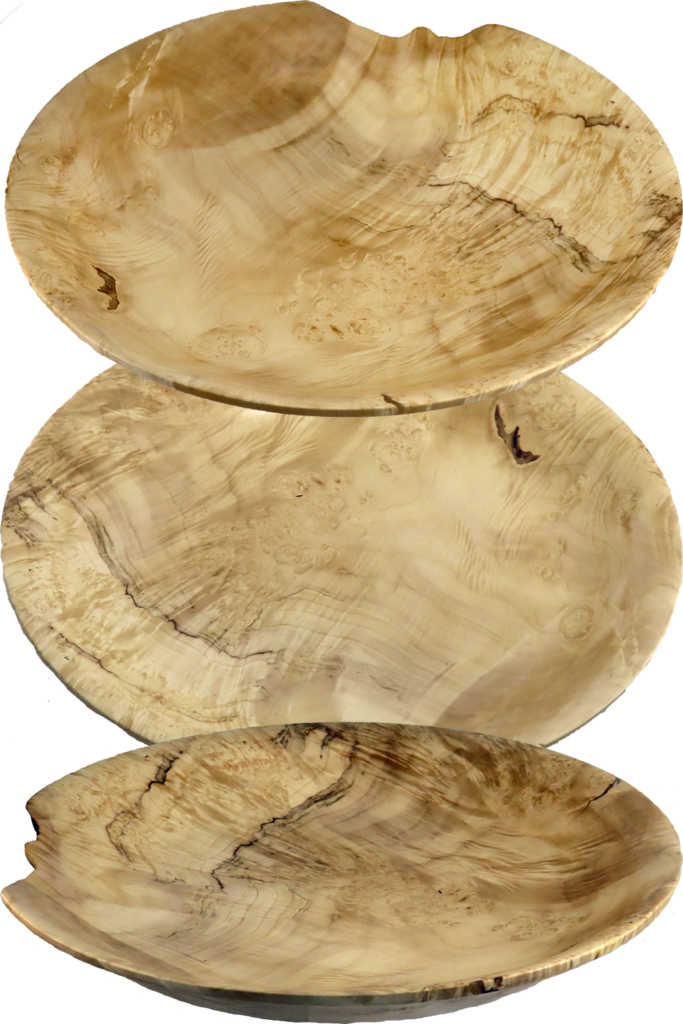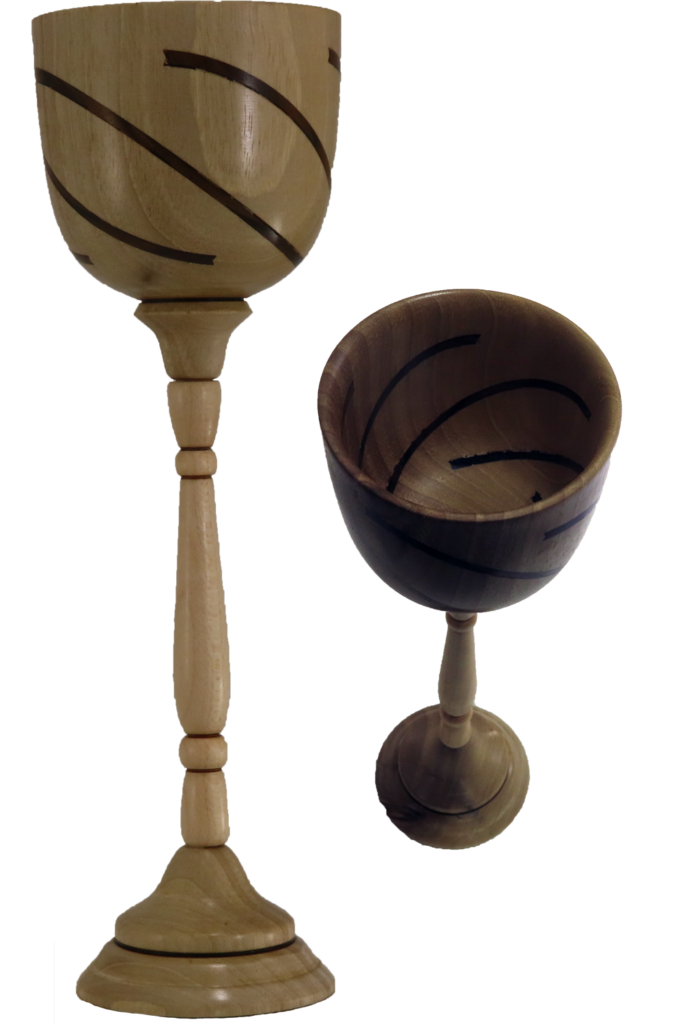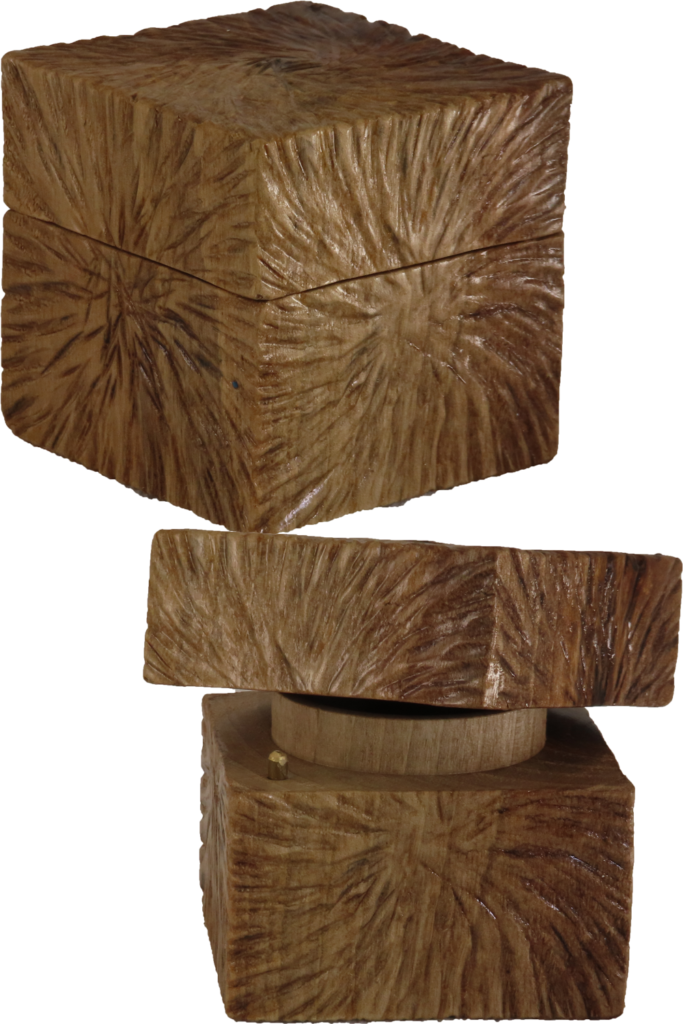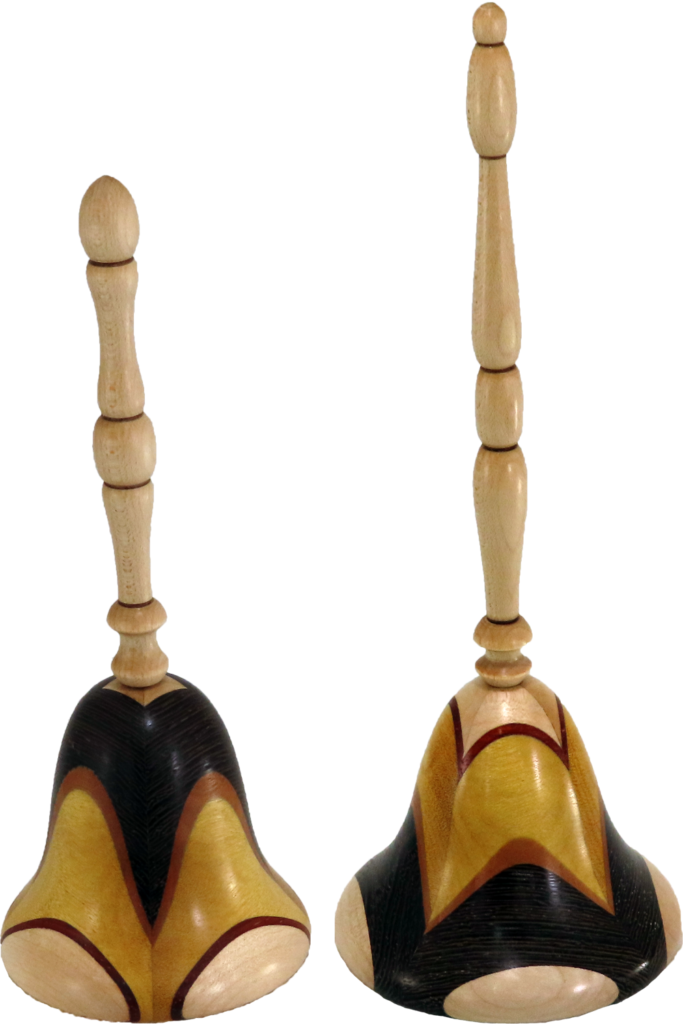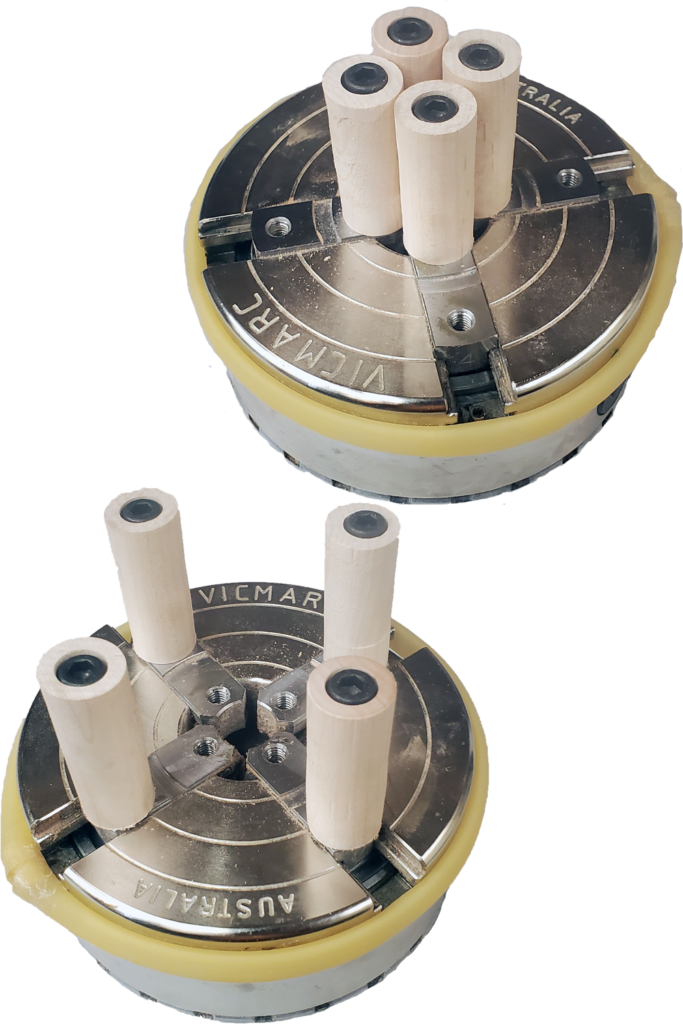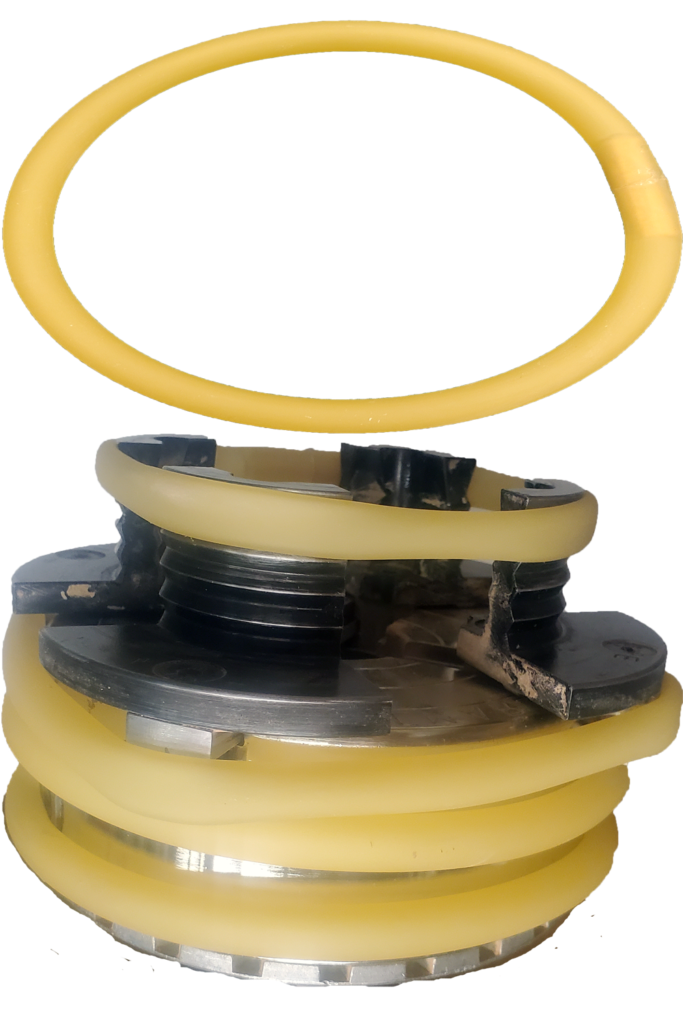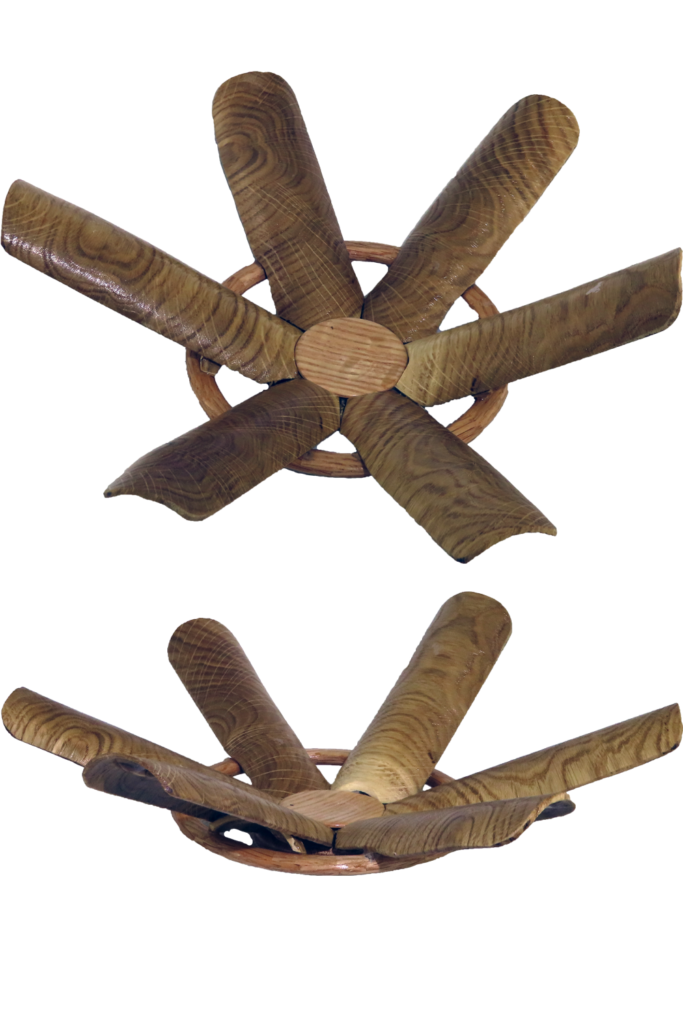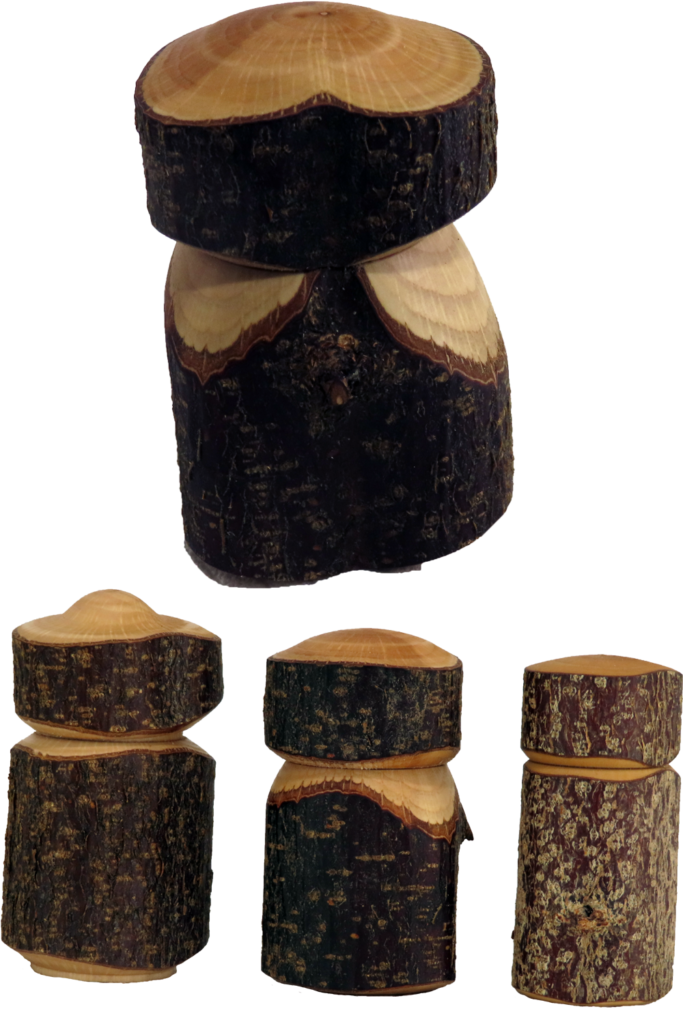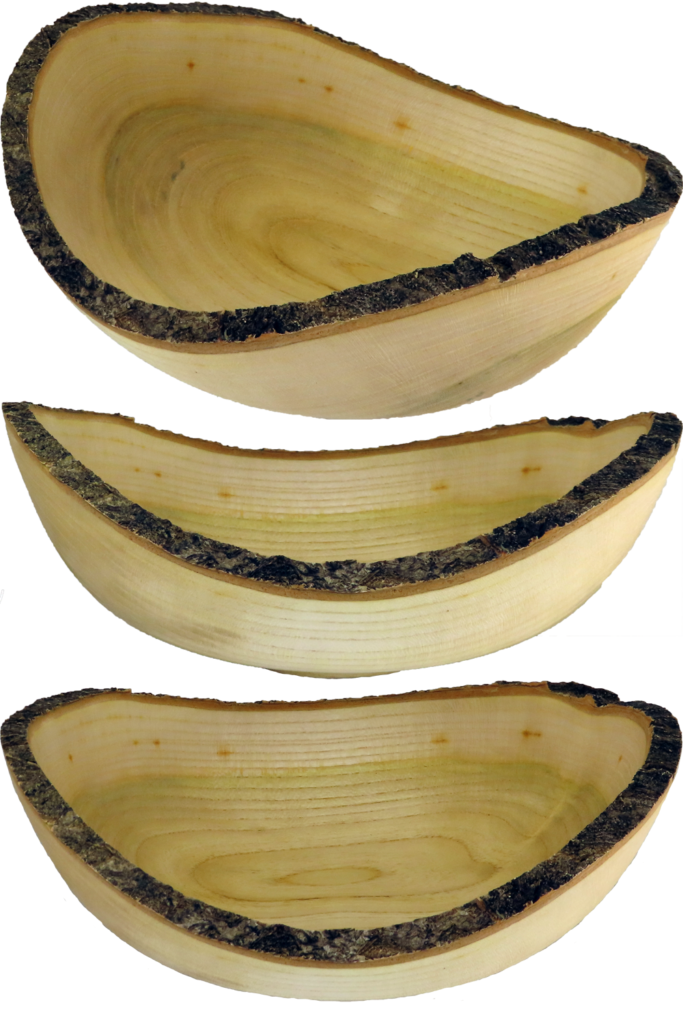Turning Oversize Ornament For Fund Raising Event
This video is best viewed here on this page. However, if there are difficulties, it is also posted on YouTube and FaceBook.
Our club is turning oversize ornament for a Christmas tree to be auctioned in a fund raising event.
By oversized, this ornament is twelve inches long and two inches diameter. It is walnut and maple finished with shellac.
It is a fun project.
Resources:
DIY Triple Wire Woodburner For Woodturning
We’re preparing for this year’s Ornament Challenge – details will be at www.OrnamentChallenge.com
Enjoy.
Turning Large Box Elder Burl Bowl
This post is also posted on YouTube and FaceBook. Where best? Right here!
This bowl is turned from box elder burl, a beautifully figured but gnarly wood. A burl gives and takes away. It gives the beautiful figure and color; it takes away with defects and bark inclusions.
Originally, the blank was over five inches thick. But, I think that would be too deep for this bowl. A friend with a large bandsaw let me saw it in half so that I could have two bowls instead of wasting a lot of wood.
This bowl is 13 inches diameter and two inches tall, finished with wipe on poly and buffed.
Resources:
Woodturning Tool Review Buffing System Update
We’re preparing for this year’s Ornament Challenge – details will be at www.OrnamentChallenge.com
Enjoy.
Turning Enhanced Three Piece Goblet For Club Challenge
This video is best viewed here on this page. However, gremlins do attack occasionally, so it is also posted on YouTube and FaceBook.
I did not want to turn a run of the mill goblet for our club challenge. To elevate my game, I decided to experiment with Celtic knot inspiration in the goblet bowl. There are five loops in this goblet bowl to give a swirl look.
The goblet is English and black walnut and hard maple 3×9 inches finished with shellac.
The N-Loop Celtic knot process that I demo for clubs has three principles for a well turned knot. This project relaxes one of the three principles to yield a very different look.
I like it and dream of future variations.
We’re preparing for this year’s Ornament Challenge – details will be at www.OrnamentChallenge.com
Enjoy.
What Not Round? How To Turn A Square Box
While it is best to view this video from this page, in case of difficulty, it is also posted on YouTube and FaceBook.
Inspired by presentation at the AAW symposium, this project is a turned square box. Actually, it is a cube in 3D.
The cube is walnut 3x3x3, finished with shellac and rattle-can lacquer. The inside of the lid is textured with a Wagner texturing tool. The exterior is textured with a two toothed rotary cutter. The rough surface was then cleaned with an abrasive wheel to soften corners.
The box is indexed with a 1/8″ brass pin to keep edges aligned for a consistent view especially since the box is not round.
For texturing and some finishing, I used 30mm and 50mm chuck pins from two weeks ago.
I like it and dream of future variations.
We’re preparing for this year’s Ornament Challenge – details will be at www.OrnamentChallenge.com
Enjoy.
Turning Segmented Laminated Ornament Bells
In case of video difficulty, this is also posted on YouTube and FaceBook. But best right here!
These bells are turned from a laminated block of maple, cherry, wenge, yellow heart, and padauk. Lamination involves gluing wood essentially side by side into a block. They wood was then segmented into a four segmented ring. Admittedly, a small segment count as segmented projects go. Yet, it does fit the criteria for segmented on the small end of the scale.
The wood requirements is for a block of wood at least nine times the wood’s width. Safety and whoops factors indicate adding another six to nine inches. The worst case is to have too little length for the two bells and have to start over with the glue up.
The bells are about three inches diameter. With the handles, they are seven and nine inches long. They are finished with shellac friction polish.
My friend Robin Costelle demonstrated this bell at the Segmented Woodturners Symposium. In his writeup, he credits yet another woodturners. I am please to continue the chain of enhancement for this bell project.
We’re preparing for this year’s Ornament Challenge – details will be at www.OrnamentChallenge.com
Enjoy.
Another Inexpensive Chucking Option To Supplement Jam Chucks
First, an addendum to the bouncy loops from last week. Latex tubing stretches more than I anticipated. I had to cut and re-glue to make several loops smaller. They need to be a tight fit. Check them with high speed rotation.
Meanwhile, in preparation for another project that I have not turned previously, I make pins that bolt directly to the chuck. My pins are 3/4″ diameter. The bolt that fits my VicMarc is 6 mm diameter and 50 mm (about 2 inches) long. I also made another set 30 mm long (about 1.25 inches) just in case.
I did not sand nor finish – expecting raw wood to potentially hold more securely.
There are plenty of enhancements.
I think these will come in handy for many projects that require a jam chuck. We’ll see.
Enjoy.
Inexpensive Hand Safety While Turning
This post is best viewed right here. However, in case of technical difficulties, it is also posted on YouTube and FaceBook.
Occassionally, while working at the lathe with a chuck, my fingers go where they should not and get hit by the spinning metal. Since an ounce of protection is worth much more than a pound of cure, I made these loops to help my fingers bounce away if they have wandered.
Latex tubing 0.25″ ID and 0.375″ OD but these dimensions are not critical
Dowel 0.25″ diameter and 1.00″ +- .25″ – must match the ID of the tubing.
E6000 glue
Measure the tubing to require stretching around the chuck or other item needing some protection.
Make sure you have to stretch the band significantly so that it is very tight on the chuck body. Otherwise, centrifugal force may stretch the rubber and allow it to fly around.
BTW. Finger protection does not replace a faceshield.
Turning A Bowl ??????
This video is best viewed right here on this page. However, in case of technical gremlins, it is also posted on YouTube and FaceBook.
After acquiring a block of green oak, my choice were limited. Often, I would simply rip it in half and two two bowls – one from each half. However, this block was short. Any bowl would have to be much smaller than the wood diameter would usually allow.
Instead, I turned it in to several cross grain tubes. Since the wood is still very green, I hoped for some dramatic warping. Alas, not so much. Now what?
I decided to make a bowl anyway while using the tubes. There were several alternatives. I chose to slice the tube into thirds and glue them to a base for a splayed rib bowl. However, there were issues:
- What to do for a center? For a foot, I laminated some dry oak together incorporating an expansion mortise.
- The tube slices are cross grain and very weak. I created a segmented ring to provide some support. That was still not enough. So I glued a spline of solid wood to the underside of each tube section.
- Epoxy would require a lot of clamping and forming. UV resin to the rescue. With this resin, I could apply small quantities of resin. Then quickly cure each application of resin before it dripped or ran.
In the end, the bowl seems a bit too “organic” for my tastes. However, I am open to ideas as I still have additional tubes.
Enjoy.
